Harry Hill
Content Writer (I’m Harry, the CTO of OperaVPS and a Senior Linux System Administrator with a strong background in systems engineering, DevOps, and cloud infrastructure. Since 2020, I’ve been sharing advanced insights on topics like virtualization technologies, Linux performance tuning, and secure server deployment. My focus is on delivering in-depth content for developers and professionals who want scalable, reliable, and efficient solutions.
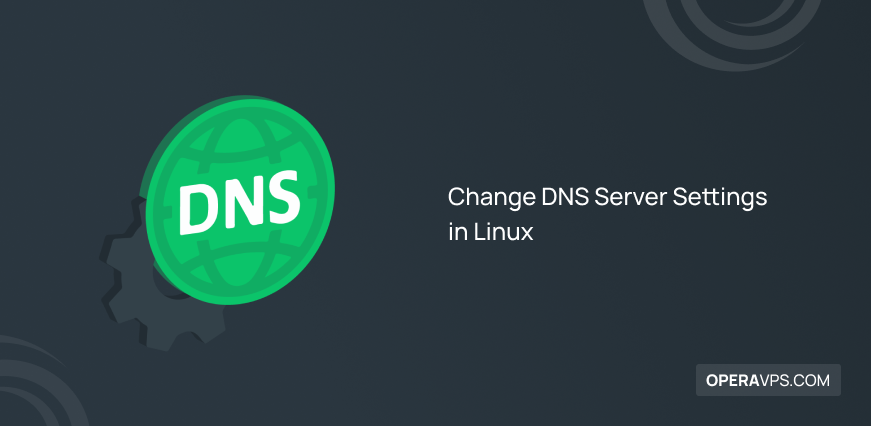
Change DNS Server Settings in Linux
Domain name server (DNS) translates the internet address to the numeric machine address. A DNS server converts each domain name you enter into your browser into an IP address. The website you want to visit can then be found and connected to using that address by your browser. Since your internet speed is affected by […]
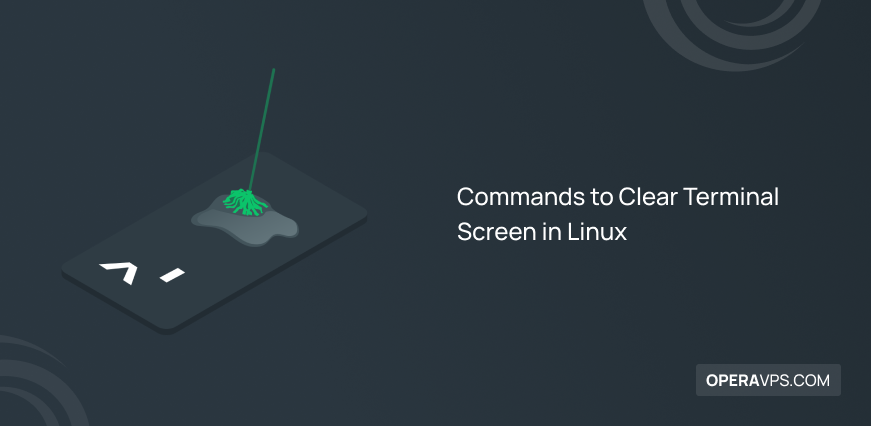
4 Commands to Clear Terminal Screen in Linux
Has it ever happened to you that you get so engrossed in working with your Linux terminal environment that you are suddenly shocked to encounter a busy screen full of various commands and get confused by viewing the crowded terminal environment?
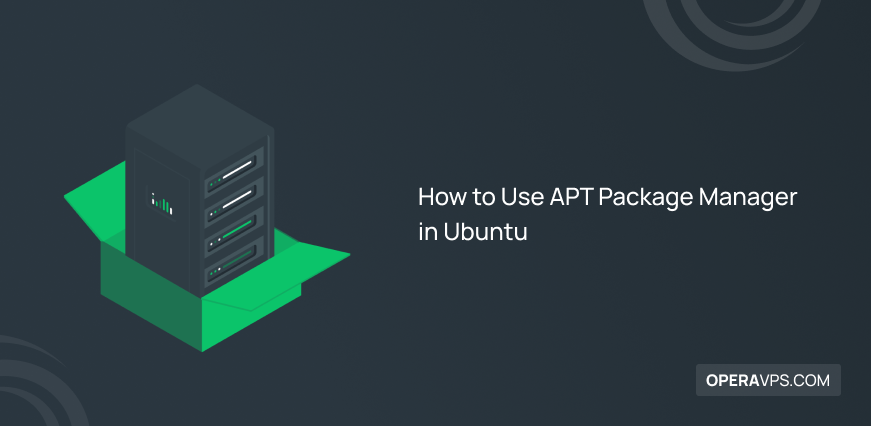
How to Use APT Package Manager in Ubuntu
As a free and open-source Linux distribution based on Debian, Ubuntu comes with a comprehensive package management system. To install, upgrade, configure, and remove software, management tools are required to manage the packages. The Advanced Packaging Tool (APT) is one of them. In this article, you will learn How to Use APT Package Manager in […]
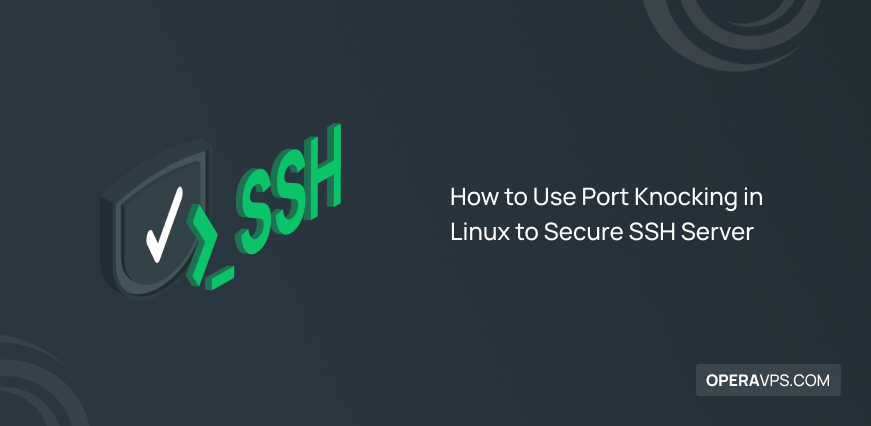
How to Use Port Knocking in Linux to Secure SSH Server
Knock-Knock! Do you need to protect your Linux system from automated port scanners to secure the SSH server? Join us with this guide to learn How to Use Port Knocking in Linux to Secure SSH Server. By creating a connection attempt on a set of predetermined closed ports, port knocking is a technique used in […]
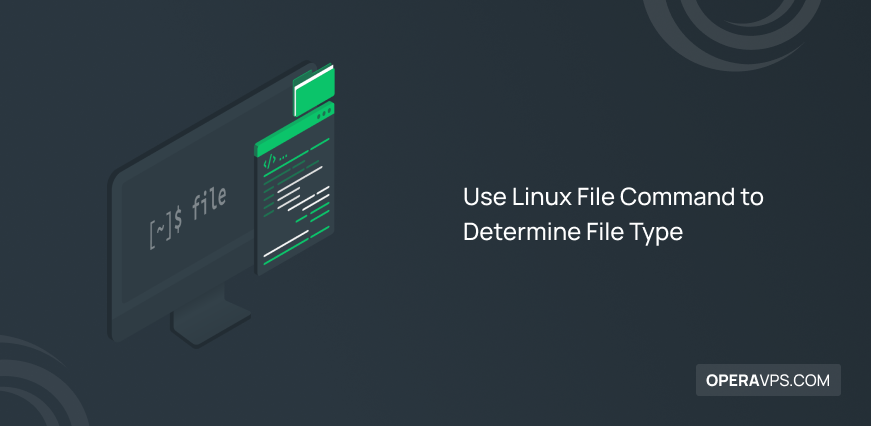
Use Linux File Command to Determine File Type
Managing data and files is one of the tasks of Linux system administrators for their better performance in the direction of their goals. Managing data and files in Linux systems is not as simple as you think. Linux includes various standard files such as Symbolic link, Regular, Directory, Block special, FIFO special, and Character special, […]
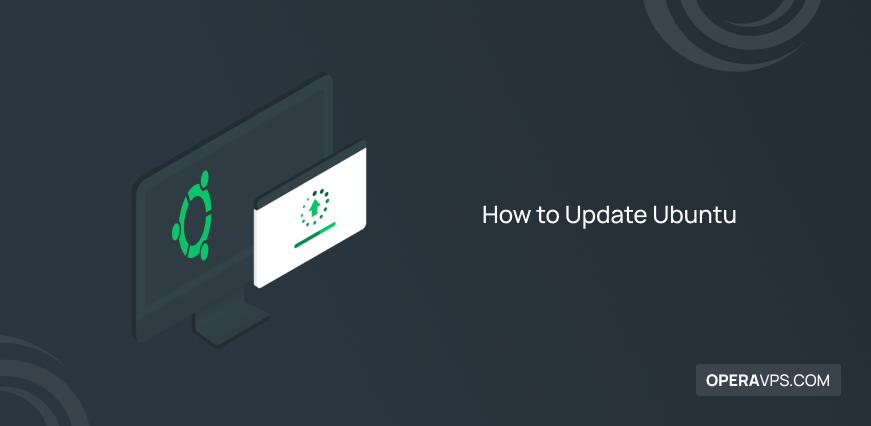
How to Update Ubuntu
Updating Ubuntu to its latest version is not a difficult process and even does not need high technical knowledge. As a popular distribution of Linux, Ubuntu is used by users who are not advanced in Linux. It offers two simple and quick ways to update Ubuntu. Command-line and Software Updater are two methods that satisfy […]
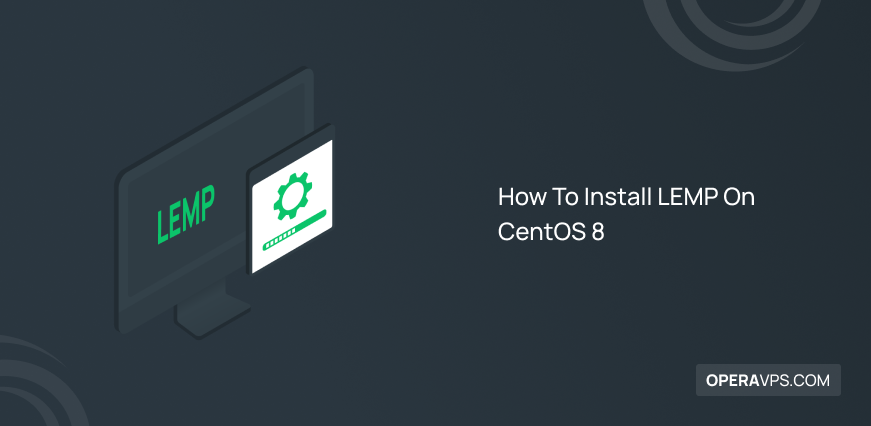
How To Install LEMP On CentOS 8
LEMP is Linux, Nginx (Engine X), MariaDB/MySQL, and PHP. In this article, we will check how to install LEMP on CentOS 8. Lemp includes a set of free and open-source tools for using high-traffic dynamic websites.
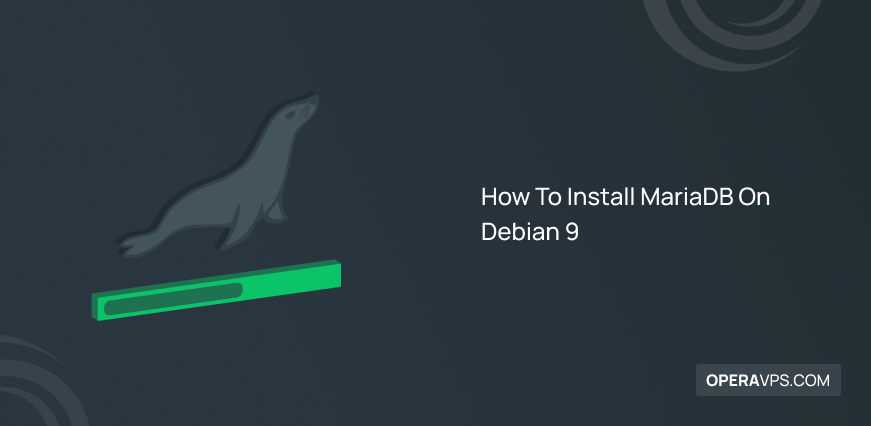
How To Install MariaDB On Debian 9
MariaDB is a database system that is a MySQL branch and uses MariaDB Storage Engine as a storage engine. At the beginning of the database’s entry into the market, experts and programmers did not welcome it, believing that it did not have the power to compete with MySQL.
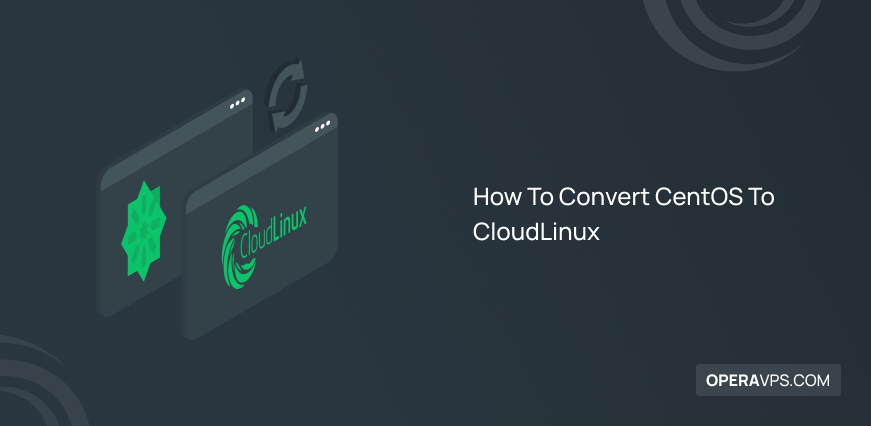
How To Convert CentOS To CloudLinux
Nowadays, cPanel is the most popular hosting platform control panel that allows you to manage hundreds of websites according to your resources without any problem. Now imagine how many of these websites can be infected and what if they infect other websites on the same server? This is where CloudLinux OS comes in. CloudLinux is […]
